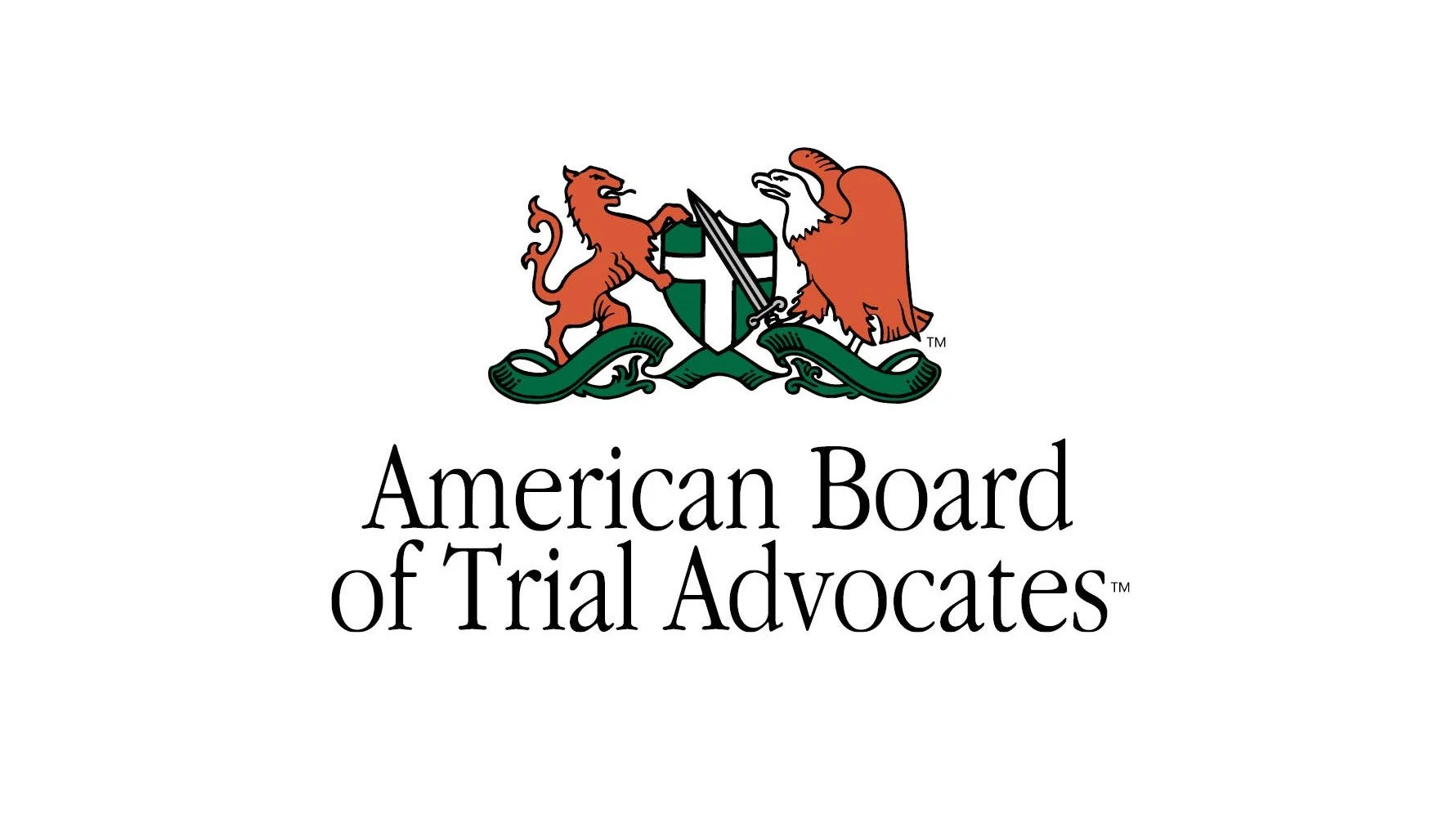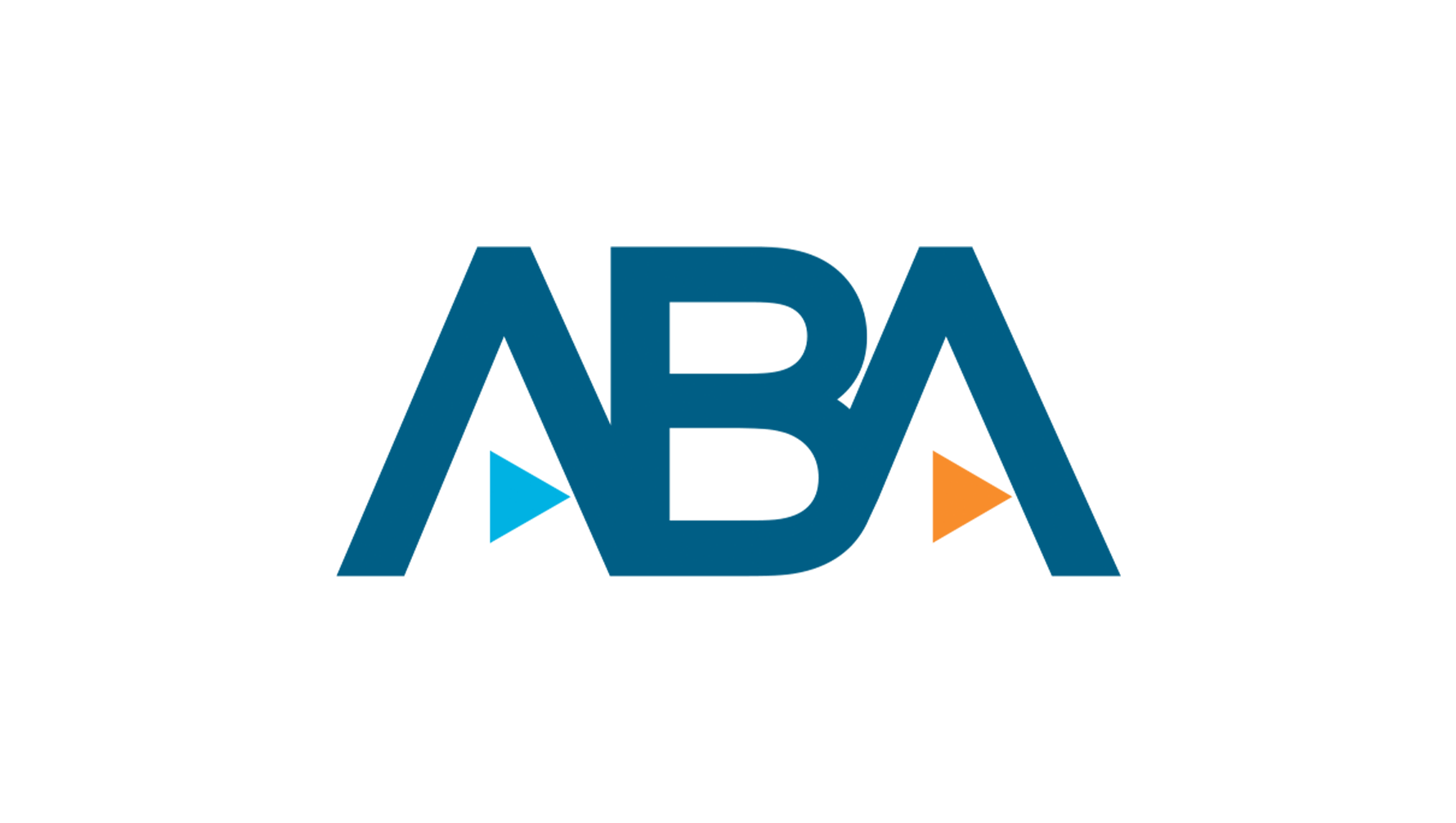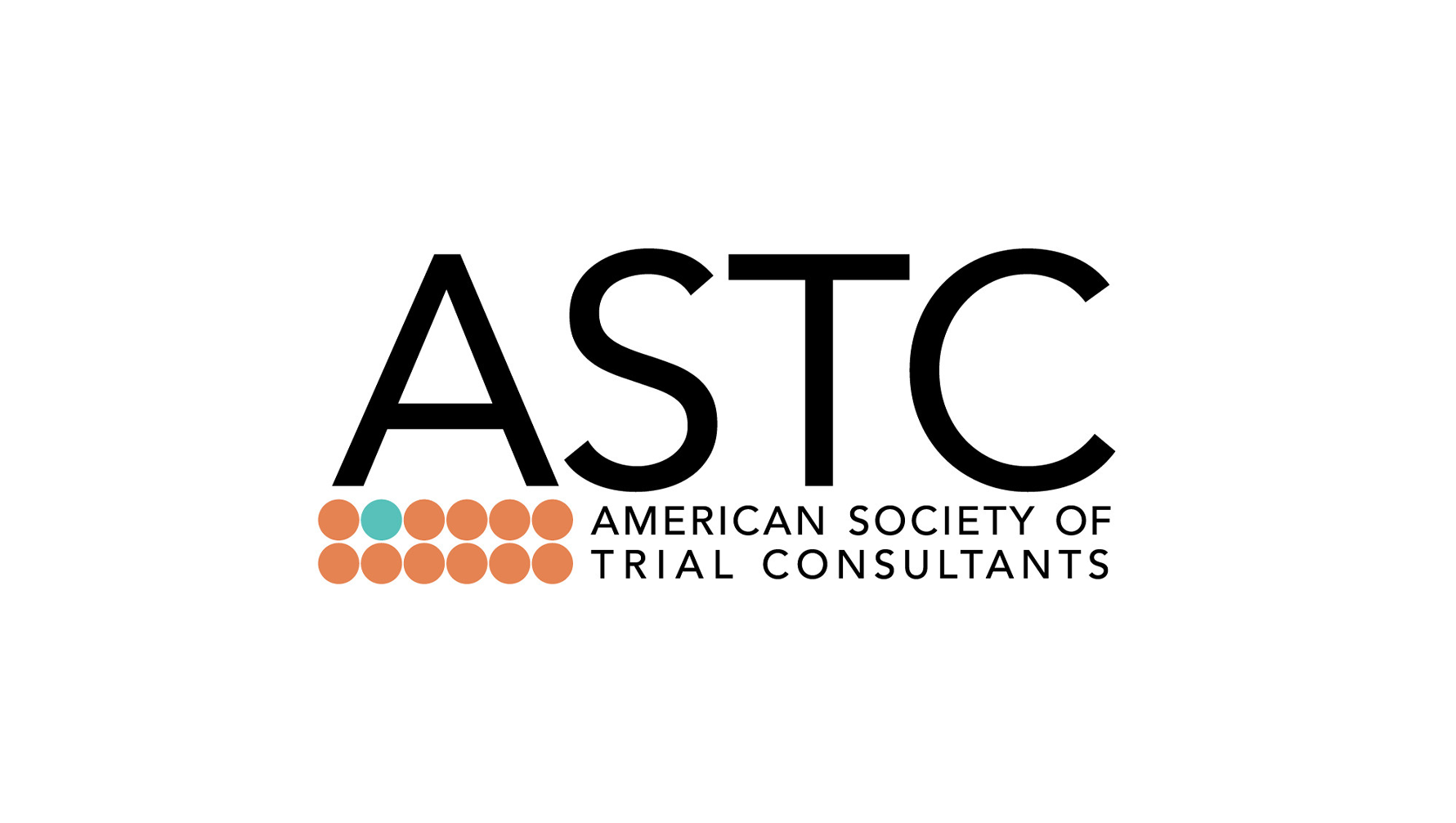The Best Way To Predict Jury Behavior
Smarter than mock trials. Faster than focus groups. Cheaper than both.
TRUSTED BY THOSE MAKING EVIDENCE-BASED DECISIONS
INFORMED DECISIONS WIN CASES
You Don’t Have Time to...
ⓧ
Waste on mock trials or focus groups that burn your budget for limited insight
ⓧ
Defend your gut instinct when your clients are expecting hard data
ⓧ
Second-guess your strategy when the stakes are high
Smarter Verdict Research
You Advise.
We Analyze.
VerdictSimulator is your dedicated trial research team helping you make evidence-based decisions
-

Tell Us About Your Case
Provide us with the legal theories you want to test, from key arguments to damages. We assist you in developing the fact pattern.
-

We Simulate the Trial
Using our survey platform and virtual crowdsourcing, we recruit a large, diverse jury pool representative of your venue (75-100 jurors) to review your case facts, render judgments, and answer questionnaires.
-

You Get the Blueprint to Win
Receive a detailed report highlighting verdict probabilities, juror reactions, and data-driven strategies to optimize your case.
Quantifiable Investment
What is your return-on-investment?
85%
Of consultants were able to scale their services without needing to hire an analyst
100+
Jurors reviewing your case facts, rendering judgments, and answering questionnaires
10x
Faster than mock trials and focus groups, with 95% jury simulation accuracy
Ready To Deploy
What’s Included in Our Research
Verdict Results
What is the likely verdict outcome for liability and damages?
A Monte-Carlo simulation in which 1,000 different jury combinations are simulated
Each jurors’ feedback on their reasoning for their decisions
Reasons for Your Results
Which arguments or issues/themes mattered most to jurors?
Which issues did not matter at all?
A breakdown analysis of the strongest reactions that drove plaintiff damages, as well as the strongest reactions that drove defense verdicts.
Jury Selection Analytics
Who are your best and worst jurors?
What are the questions that should be prioritized in Voir Dire?
Analytics on why some groups of jurors were better or worse for you
VerdictSimulator vs. Alternatives
Less Stress. More Scale
Do-It-Yourself
Manual research and gut instincts can’t keep up with complex case demands.
Speed
Worry-Free
Quality
Scalability
Affordable
VerdictSimulator
An advanced statistical simulation technique to analyze potential damage awards.
In-House Team
In-house teams don’t always have the bandwidth or statistical depth to handle every request.
Focus Groups
Focus groups are slow, expensive, and limited by small sample sizes that may not reflect jury behavior.
Mock Trials
Mock trials burn time and budget, often delivering anecdotal insights instead of scalable data.
Testimonials
Our Results Speak for Themselves.
Get Started
Talk with our sales team
When is the best time to involve Verdict Simulator?
We can get involved at any stage of your case, but the ideal timing depends on your needs:
FAQS
Have Questions? We’ve Got Answers.
1 For Early Mediation
If your case is in its initial stages, VerdictSimulator can give you a decisive edge during early settlement discussions, helping you avoid costly and time-intensive discovery.
2 Before Mediation (Most Common)
The best time to engage us is toward the end of discovery, once you have a solid understanding of both sides' arguments but before mediation begins. This is the perfect stage for our Essential or Standard packages.
3 For Trial Preparation
If your case is headed to trial and you’re considering a mock trial or focus group, our Premium package is the superior choice. It provides comprehensive data, juror profiling, and detailed analytics to equip you for the courtroom.
Who are the mock jurors?
Our jurors are a diverse group, carefully selected to represent the demographic and psychographic makeup of your trial jurisdiction. This ensures that our results reflect real-world conditions.
What types of cases can VerdictSimulator handle?
VerdictSimulator is ideal for high-stakes litigation, including personal injury, employment discrimination, malpractice, product liability, and wrongful death cases. If your case involves complex issues or high exposure, we can help.
As a Jury Consultant, do I have to disclose that we use VerdictSimulator?
No. VerdictSimulator can operate as a white-label service, so your name stays front and center. Use our simulations to enhance your insights while maintaining full control over how findings are presented to clients.
















